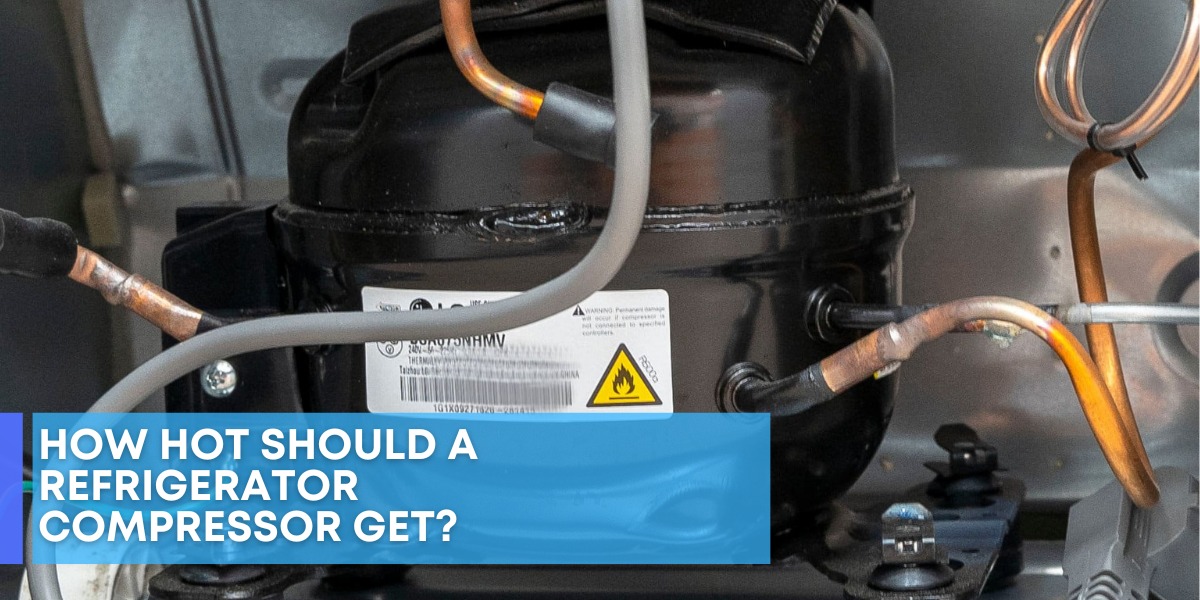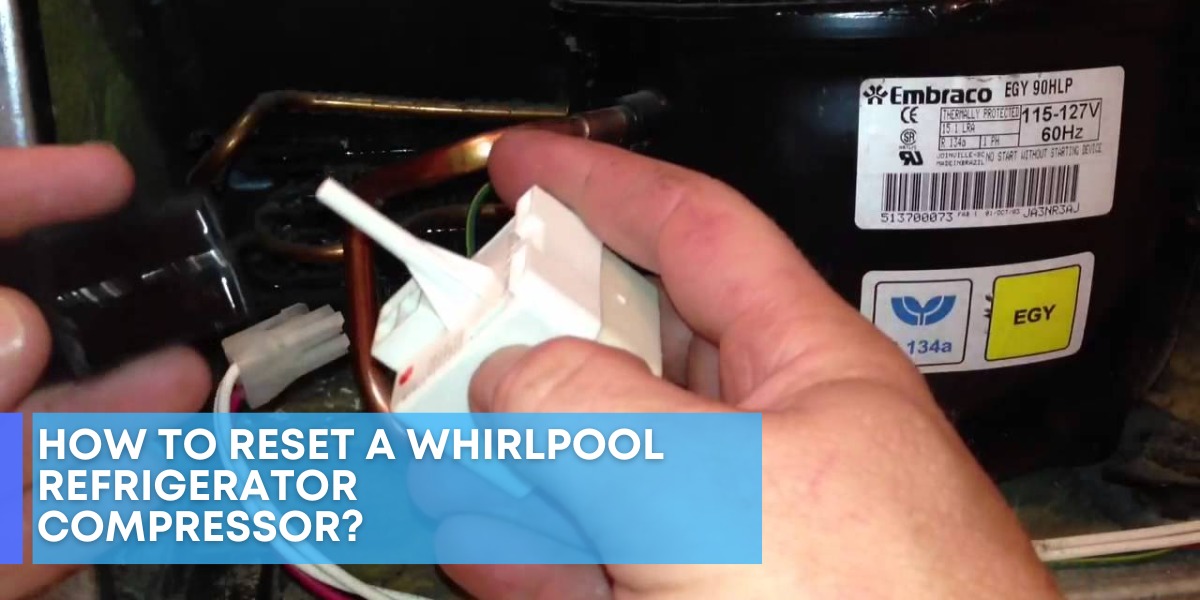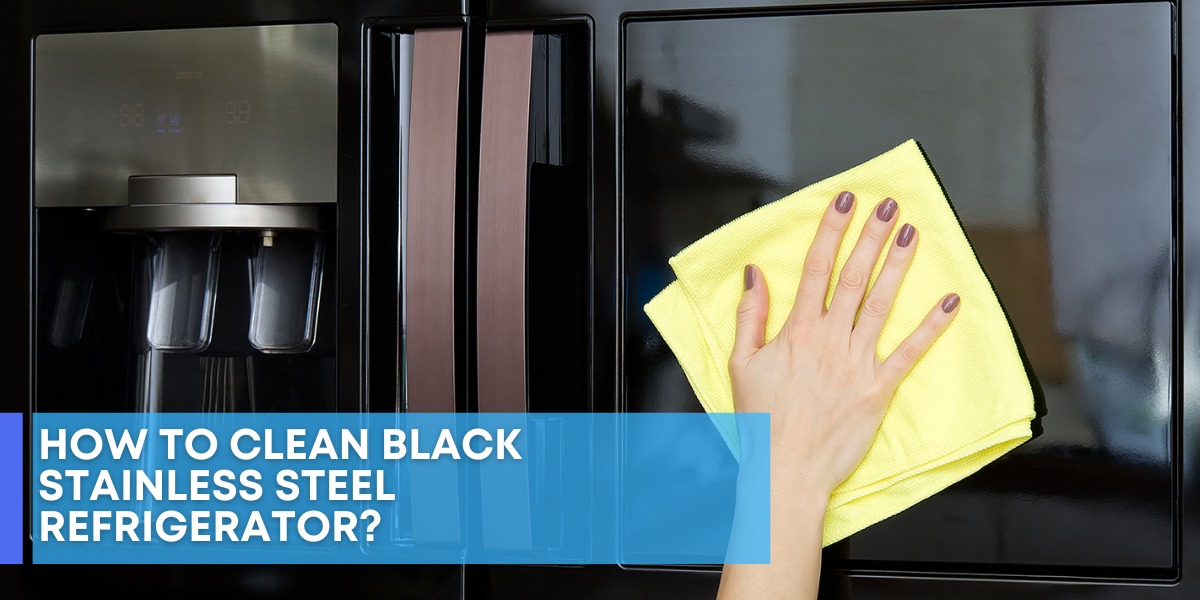Washing machines use water and detergent to clean clothes. The water goes into the machine, is pressurized, and spun around. The spinning action washes the clothes. After the clothes are washed, the water drains from the machine.
What is a washing machine drain?
A washing machine drain is a small hole that drains water from the washing machine. The water flows down the drain and out of the machine.
Washing machine drains can become clogged over time, which can cause water to back up and flood the machine. A clogged washing machine drain can also lead to a sink full of water and clothes ruined by soap suds.

How does a washing machine drain work?
The washing machine drain uses water pressure to force the dirty water out of the machine. The drain tube is inserted into an opening at the bottom of the machine, and the dirty water is forced up and out through this opening.
The drain tube is also fitted with a ring, which catches any small particles that may have been left behind in the machine. This ring is then cleared by the washing machine’s filter every time it is used.
If You Are Looking For A Washing Machine Repair Service In UAE
If you are looking for a washing machine repair service in UAE, then you have come to the right place. At hafixer.com, we offer a wide range of washing machine repair services that will get your machine working as good as new again. Whether your machine is broken or just needs some minor repairs, we can help.
Our team of experienced technicians is available 24/7 to get your machine fixed quickly and efficiently. We also offer a 100% satisfaction guarantee on all our repairs, so you can be sure you’re getting the best possible service. So if you need a washing machine repair in UAE, then look no further than hafixer.com.
Why does washing machine drains clog?
Water enters the drain and spins the drum when you load your washing machine with laundry. The water then travels down the drain pipe and out of the machine. If there is a blockage in the drain, water can’t get out and starts to build up. This can cause your washing machine to overheat and eventually shut down.
REPAIR SERVICES AVAILABLE 7/24
- Oven Repair
- Dryer Repair
- Stove Repair
- AC Repair
- AC Installation
- Fridge Repair
- Refrigerator Repair
- Dishwasher Repair
- Washing Machine Repair
There are a few things you can do to prevent clogging in your washing machine drain:
- Never overload the machine. Overloading the washer causes water to build up and can result in a clog.
- Avoid putting large items, like towels, in the washer at once. Instead, load them one at a time.
- Avoid using harsh detergents or fabric softeners. These chemicals can attract dirt and create blockages.
Fixing a washing machine drain won’t fix the problem.
In the early days of washing machines, the water from the machine drained into the sink. Over time, however, this system became obsolete as more people started using it in their homes. Today, most washing machines have a drain on the bottom that removes water and detergent residue from the machine.
If your machine does not have a drain or if it’s overflowing, you can fix the problem by following these tips:
- Clear any obstructions in the drainage system. This includes anything blocking smaller pieces of debris from flowing down into the machine’s disposal unit (a piece of paper, for example), as well as larger objects (a sock, for example). You may also need to remove any excess water reservoir hoses.
- Check your water levels. Ensure enough water is flowing through your machine to properly remove residue and impurities. If necessary, add more water to the reservoir until you get satisfactory results.
- Clean your machine’s filters. Washing machines use filters to trap small particles before they enter your drinking water supply. Over time, these filters can become clogged with dirt, sweat, and other contaminants. To clean them properly, first turn off the power to your machine and wait 10 minutes for the power to shut off completely before trying to remove the filter cover.
If these tips don’t work, you may need to take your machine to a professional.











